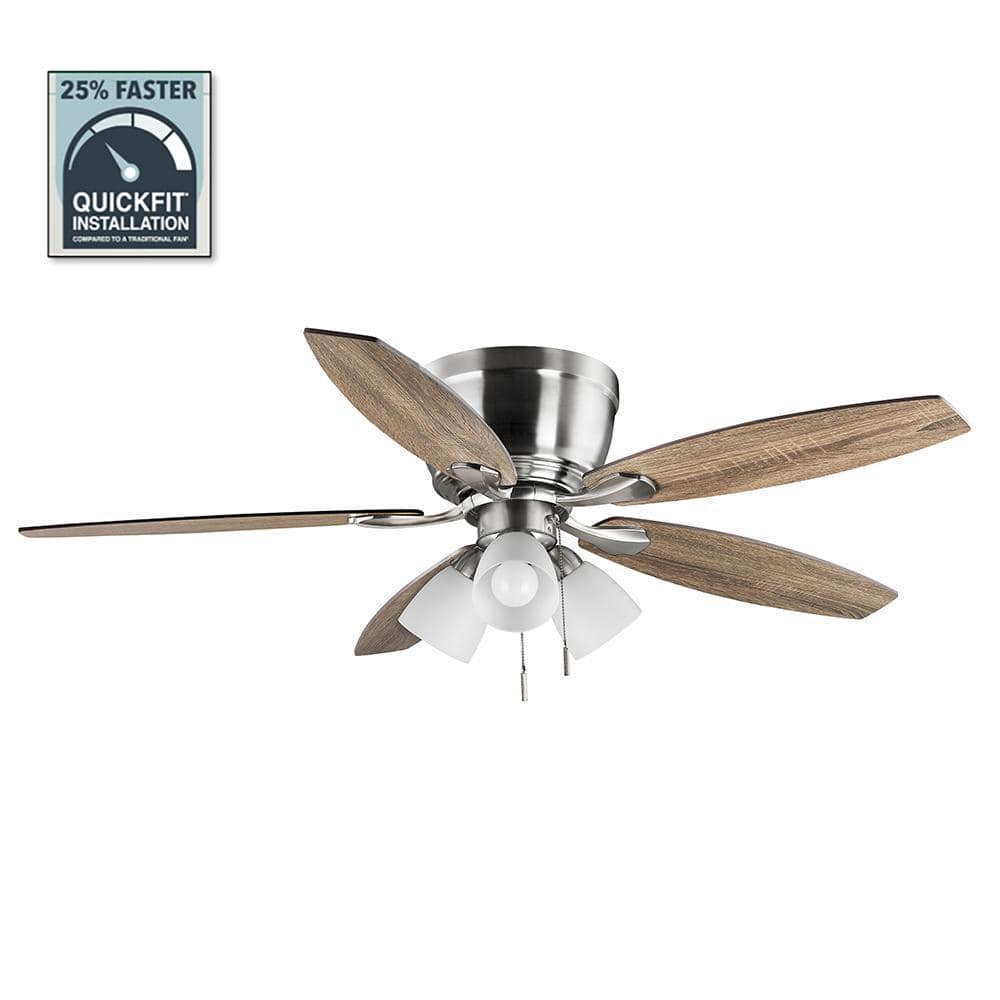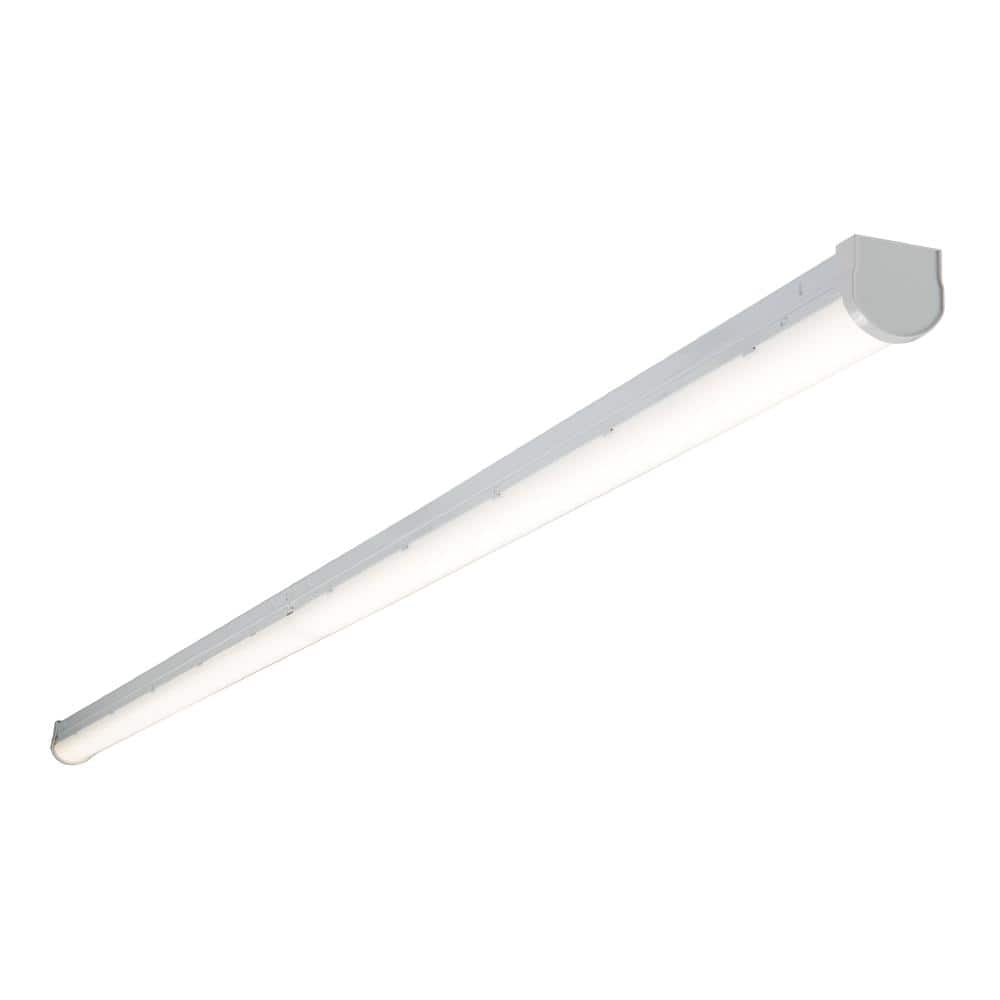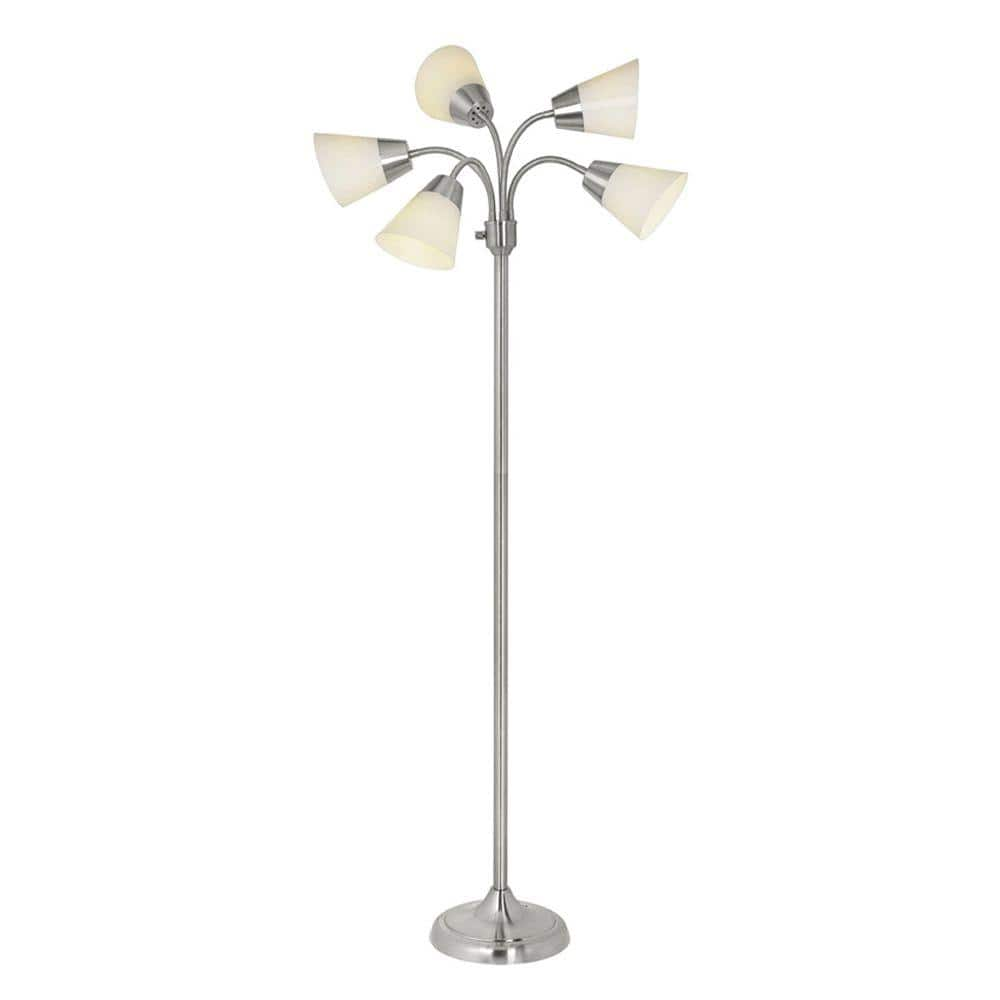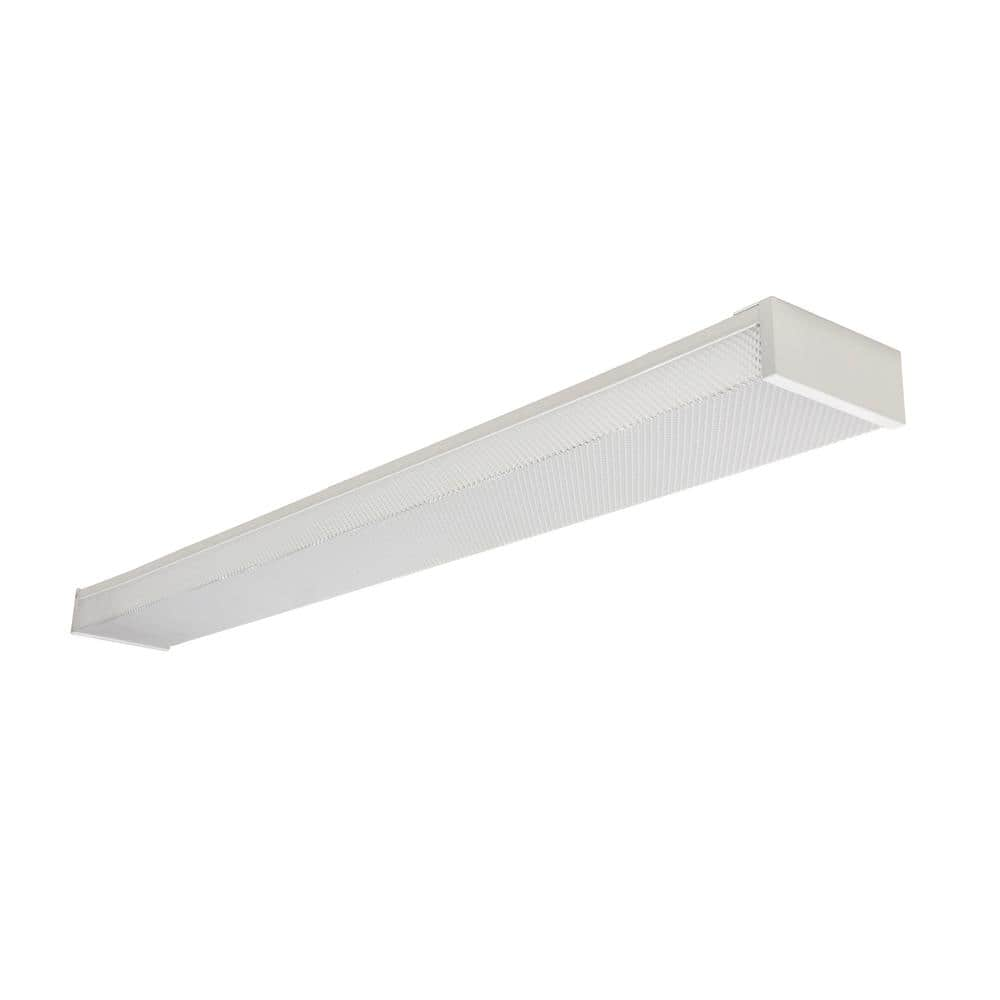Hampton Bay Sidlow 52 in. Indoor LED Brushed Nickel Hugger Dry Rated Ceiling Fan with 5 QuickInstall Reversible Blades and Light Kit
Traditional style perfect for large indoor spaces. Five reversible blades in seasoned wood and matte black finish. QuickFit installs 25% faster compared to traditional fans.
The Hampton Bay 52-in. Sidlow ceiling fan offers traditional styling and impressive, quiet performance. This fan includes three 8.5-Watt LED bulbs for maximum light output and includes frosted white shatter resistant plastic shades that mimic frosted glass with the added benefit of not breaking if dropped during cleaning. Installation is a breeze with QuickFit features like a slide-on mounting bracket and Quick Install blades. The brushed nickel housing is complemented with 5 reversible blades in seasoned wood and matte black finish to coordinate with many of today’s indoor decor trends.
- Brushed nickel finish
- Five reversible blades in seasoned wood and matte black finish
- Includes light kit with three 8.5 watt LED bulbs
- Shatter-resistant frosted white plastic shades
- Hugger design is perfect for rooms with low ceilings
- QuickFit installs 25% faster compared to traditional fans
- QuickInstall blades and slide-on mounting bracket for easy installation
- Convenient pull chain operation
- Powerful, reversible three-speed motor
- AccuArm blade arms for precise, wobble-free installation
- Lifetime motor warranty
- Finishes shown are representative of the item; Actual finish may vary slightly
Additional information
| Dimensions | H 14.6 in, W 52.00 in, D 52.00 in |
|---|---|
| Fan Blade Length (in.) | 20.94 |
| Fan Blade Span (in.) | 52 |
| Fan Blade Width (in.) | 5.9 |
| Certifications and Listings | EPA Approved, UL Listed |
| Manufacturer Warranty | Lifetime Motor Warranty |






by Prim
It works well on installation. It keeps my bedroom cooler than I had before.
by Cecilia
Very easy ceiling fan to install and is perfect for low ceilings. Bought 4.
by Lisa
Excellent fan. Great air flow and the lights are just right!